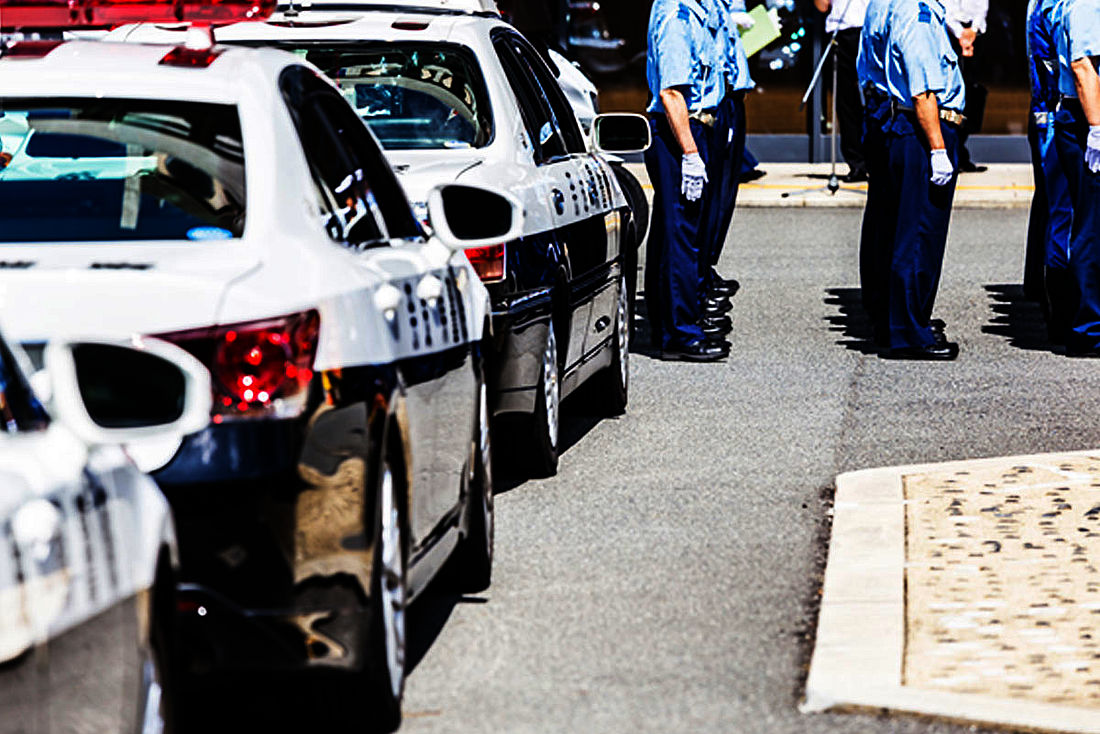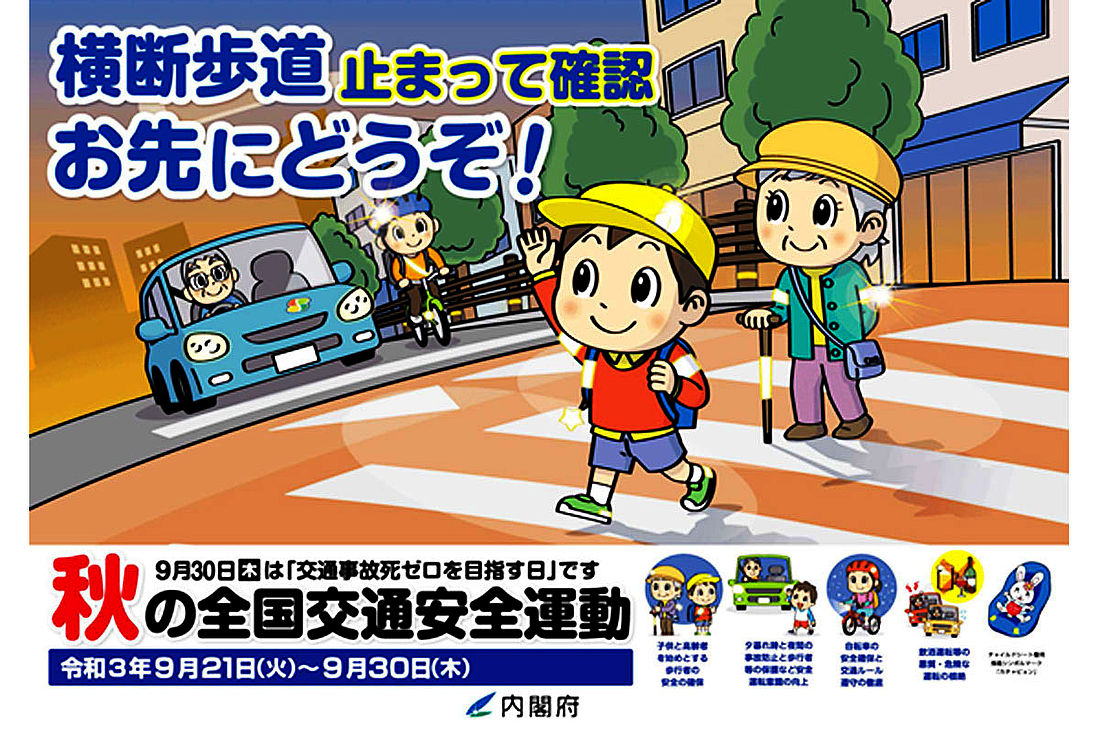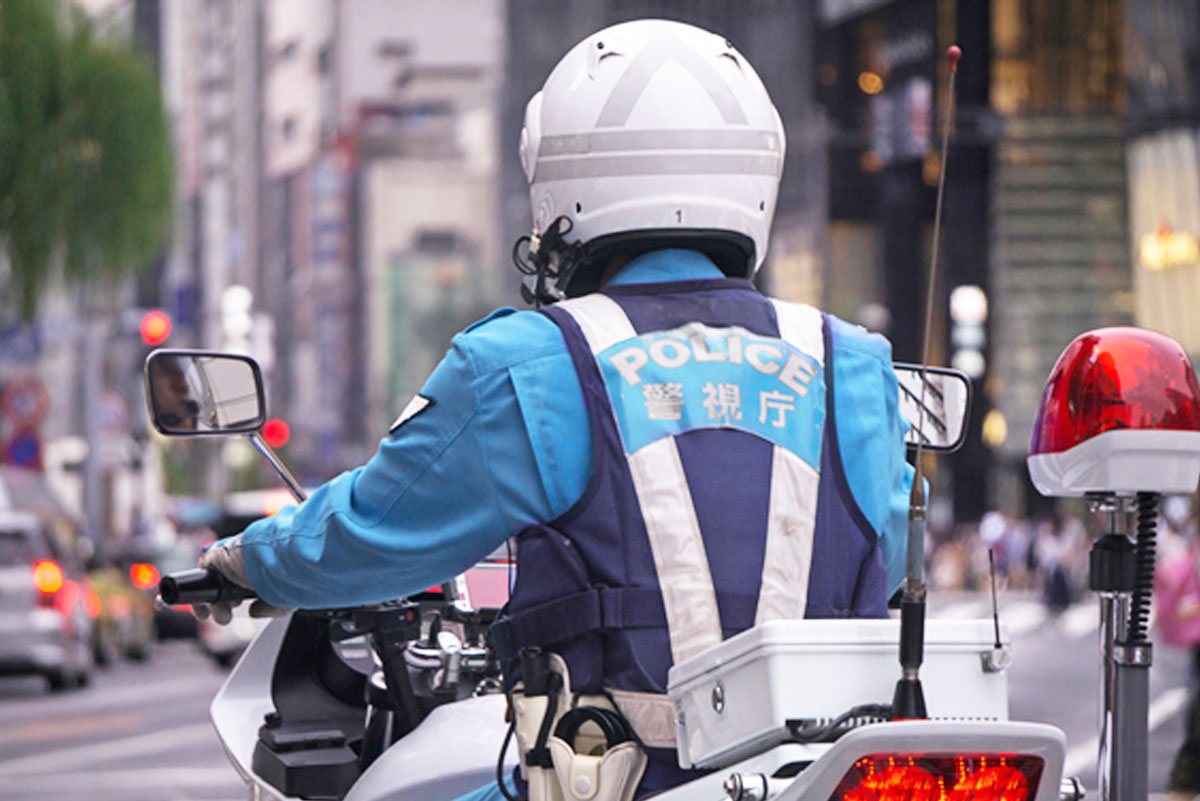Summer has ended and we are edging toward late September—which means the Autumn National Road Safety Campaign is about to begin.
National Road Safety Campaigns take place twice a year: the spring campaign in April and the autumn campaign in September. With these campaigns, many riders and drivers may be reminded of periods of strengthened controls and inspections. Moreover, these campaigns are extremely important activities which promote both rider safety and improvements to traffic environment.
Here, we answer the most basic questions—what is the point of the National Road Safety Campaigns?—and provide an overview of the Autumn Road Safety Campaign.
The history of National Road Safety Campaigns in Japan
National Road Safety Campaigns have an unexpectedly long history, dating back to 1948, just three years after the end of World War II. The decision to implement the inaugural campaign was made by the National Rural Police, the predecessor of the National Police Agency, and the content of the campaign was based on the implementation outline for National Road Safety Week.
The decision to implement the campaigns came about for two reasons: first, while the number of accidents involving automobiles had fallen during the war, were beginning to increase again after the war; and second, the number of road accidents in general was also increasing. These circumstances necessitated the establishment of some sort of countermeasures.
National Road Safety Campaigns came to be held twice a year—in spring and autumn—in 1952; in 1955, on the back of a key governmental measure, campaign implementation outlines were enacted by the Road Safety Headquarters; and from 1962, those were enacted under the leadership of the Cabinet Office Road Safety Headquarter.
Goals of the National Road Safety Campaigns
The Cabinet Office determines outlines for the National Road Safety Campaigns. The campaigns are then carried out through the cooperation of various governmental organizations, including the Ministry of Land, Infrastructure, Transport and Tourism, the National Police Agency, and local governments. The goals of these campaigns go beyond merely a focused period of strengthened road safety controls.
The Cabinet Office defines the goals of the campaigns in the following manner:
“To thoroughly prevent road accidents by widely propagating the concept of road safety and infiltrating it into the public, promoting compliance with traffic rules and practice with correct road manners; and promoting the public’s own initiative to improve traffic environment.”
In other words, National Road Safety Campaigns aim to eliminate road accidents, and to raise the public’s awareness of and habituate them to comply with traffic rules and etiquette. When controls are seen in the light of these measures, the goals of these activities can be better understood.
What are the priority themes of the Autumn Road Safety Campaign?
Each National Road Safety Campaign features both National Priority Issues drawn up by the Cabinet Office, and Regional Priority Issues drawn up by individual prefectures.
Regional Priority Issues vary from prefecture to prefecture, so here we will focus on National Priority Issues. In spring 2021, there were three National Priority Issues:
1. Ensuring the safety of pedestrians, particularly children and the elderly
2. Promoting safe use of bicycles
3. Raising awareness of safe driving, particularly in relation to protecting pedestrians
There are four National Priority Issues for the 2021 Autumn Road Safety Campaign:
1. Ensuring the safety of pedestrians, particularly children and the elderly
2. Raising awareness of safe driving, particularly in relation to protecting pedestrians and preventing accidents at dusk and at night
3. Ensuring the safety of cyclists, and ensuring their compliance with traffic rules
4. Eliminating malicious or dangerous driving, such as driving under the influence of alcohol
The key points of each priority issue are as follows:
1. Ensuring the safety of pedestrians, particularly children and the elderly
This is positioned as one of very important themes, as pedestrians account for the largest proportion of all road fatalities, and the proportion of infants, elementary school students, and the elderly is particularly large. In terms of pedestrian behavior, reasons for accidents include Jaywalking, and running out unexpectedly from behind or between parked cars. It is therefore necessary to ensure pedestrian safety.
2. Raising awareness of safe driving, particularly in relation to protecting pedestrians and preventing accidents at dusk and at night
Autumn brings with it increasingly earlier sunsets, and large numbers of road accidents—including serious road accidents—take place at dusk and at night. The majority of road fatalities are caused by automobiles, and the majority of road fatalities involving automobiles and pedestrians take place when pedestrians are crossing the road. It is therefore necessary to raise awareness of protecting pedestrians among all automobile drivers. In addition, the number of road fatalities involving drivers aged 75 or over is proportionally larger than those involving drivers aged under 75. And further, rear-seat passengers fastening seatbelts and drivers correctly using child seats both remain few.
3. Ensuring the safety of cyclists, and ensuring their compliance with traffic rules
Bicycles are a widespread form of transportation. However, while the number of road accidents involving bicycles is decreasing, those account for an increasing proportion of road accidents as a whole; in particular, there has been little change in the number of road accidents involving bicycles and pedestrians. The majority of road accidents involving bicycles having resulted in serious injury or death are recognized to have resulted from non-compliance with road traffic laws; a growing number of road accidents also involves bicycles being used for business purpose. It is therefore necessary to ensure that cyclists fully understand traffic rules and manners.
4. Eliminating malicious or dangerous driving, such as driving under the influence of alcohol
Road accidents caused by malicious or dangerous driving—including driving under the influence of alcohol and road rage—continue to take place, and their elimination is necessary.
Road Safety Campaigns take place across Japan not just in spring and autumn!

National Road Safety Campaigns take place twice a year in spring and autumn; however, most prefectures carry out similar campaigns in summer and winter in as well, which are not carried out in a coordinated manner.
Summer road safety campaigns tend to focus on eliminating driving under the influence of alcohol and reckless driving, which often spike in summer due to fatigue caused by excursions or the sense of freedom particular to the summer season; the campaigns also frequently concentrate on promoting safe cycling, preventing serious accidents involving children and the elderly, and improving road manners at pedestrian crossings.
In case of winter road safety campaigns, since varying volumes of snowfall result in different road conditions by region, local governments focus on regional issues, such as preventing slipping on snow-covered roads.
These prefectural road safety campaigns are community-based initiatives, run by local governments, the police, and local road safety volunteer groups.
It is our responsibility as riders to ensure we ride safely at all times, not just during the road safety campaign periods. And the Autumn Road Safety Campaign is a welcome opportunity for us to increase our awareness of and make a habit of compliance with road rules and manners.
In order to eliminate road accidents, let us seek to become good riders who ride safely.
Outline of the 2021 Autumn Road Safety Campaign

Campaign goals:
“To thoroughly prevent road accidents by widely propagating the concept of road safety and infiltrating it into the public, promoting compliance with traffic rules and practice with correct road manners; and promoting the public’s own initiative to improve traffic environment.”
Campaign period:
September 21 to 30, 2021
National Priority Issues:
1. Ensuring the safety of pedestrians, particularly children and the elderly
2. Raising awareness of safe driving, particularly in relation to protecting pedestrians and preventing accidents at dusk and at night
3. Ensuring the safety of cyclists, and ensuring their compliance with traffic rules
4. Eliminating malicious or dangerous driving, such as driving under the influence of alcohol
Regional Priority Issues:
In addition to the National Priority Issues outlined above, prefectural traffic safety committees and other organizations can draw up Regional Priority Issues if required by regional road accident conditions.
Sponsors:
Cabinet Office, National Police Agency, Ministry of Internal Affairs and Communications, Ministry of Justice, Ministry of Education, Culture, Sports, Science and Technology, Ministry of Health, Labour and Welfare, Ministry of Agriculture, Forestry and Fisheries, Ministry of Economy, Trade and Industry, Ministry of Defense, Prefectures, Municipalities, National Agency for Automobile and Land Transport Technology, National Agency for Automotive Safety & Victims' Aid, Japan Expressway Holding and Debt Repayment Agency, Japan Safe Driving Center, Light Motor Vehicle Inspection Organization, Japan Traffic Safety Association, Japan Road Traffic Information Center, JAPAN FEDERATION OF AUTHORIZED DRIVERS SCHOOL ASSOCIATIONS, Japan Motorcycle Promotion & Safety Association, JAPAN AUTOMOBILE FEDERATION, Nihon Bus Association, Japan Trucking Association, Japan Federation of Hire-Taxi Associations
“2021 Autumn Road Safety Campaign Promotion Guidelines,” Cabinet Office:
https://www8.cao.go.jp/koutu/keihatsu/index-ke.html
“Survey into seatbelt wearing (results of 2020 survey),” JAPAN AUTOMOBILE FEDERATION:
https://jaf.or.jp/common/safety-drive/library/survey-report/2020-seatbelt
“Results of survey into seatbelt wearing (2020),” National Police Agency:
https://www.npa.go.jp/bureau/traffic/anzen/seatbelt.html
“Survey into child seat usage (results of 2019 survey),” JAPAN AUTOMOBILE FEDERATION:
https://jaf.or.jp/common/safety-drive/library/survey-report/2019-child-seat
“Child seats protect children,” National Police Agency:
https://www.npa.go.jp/bureau/traffic/anzen/childseat.html
